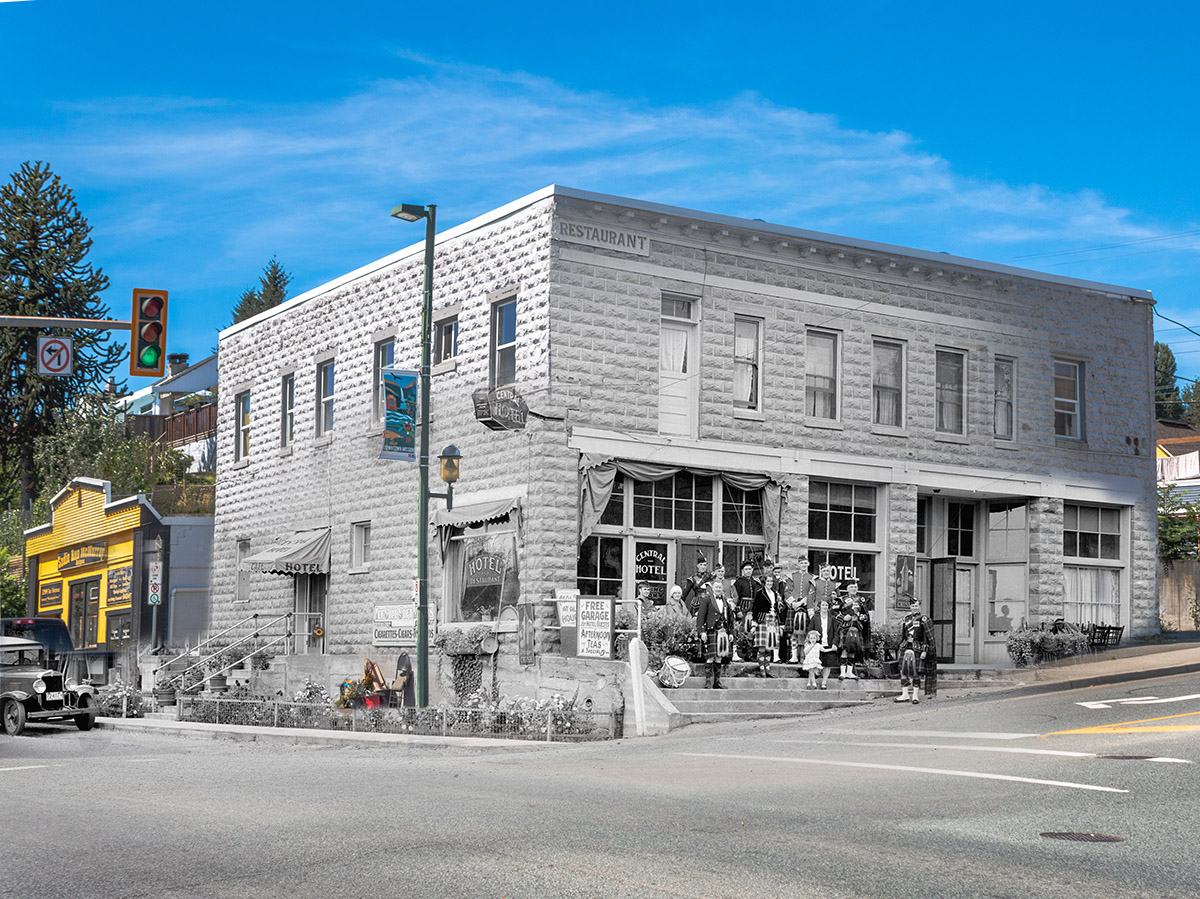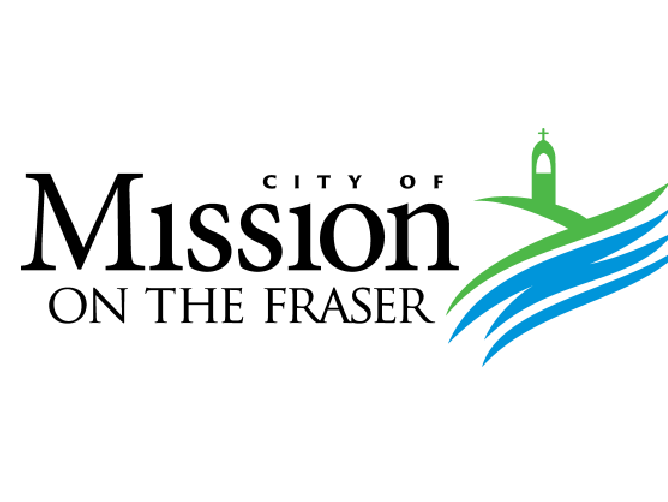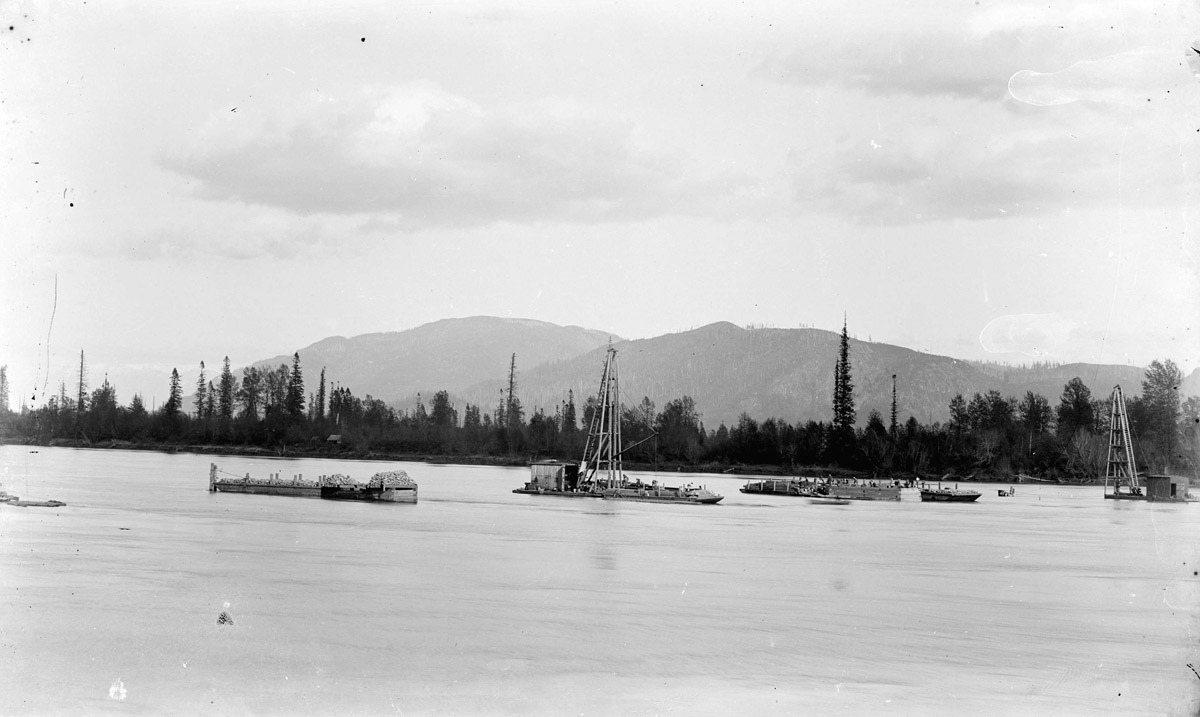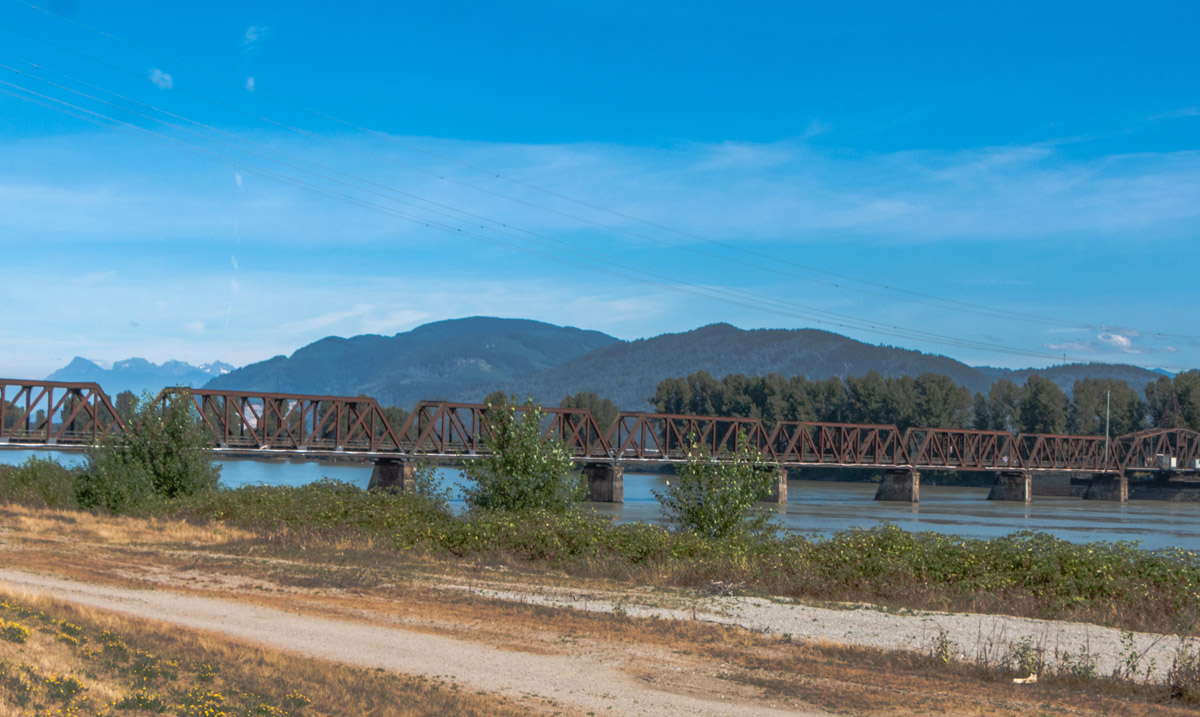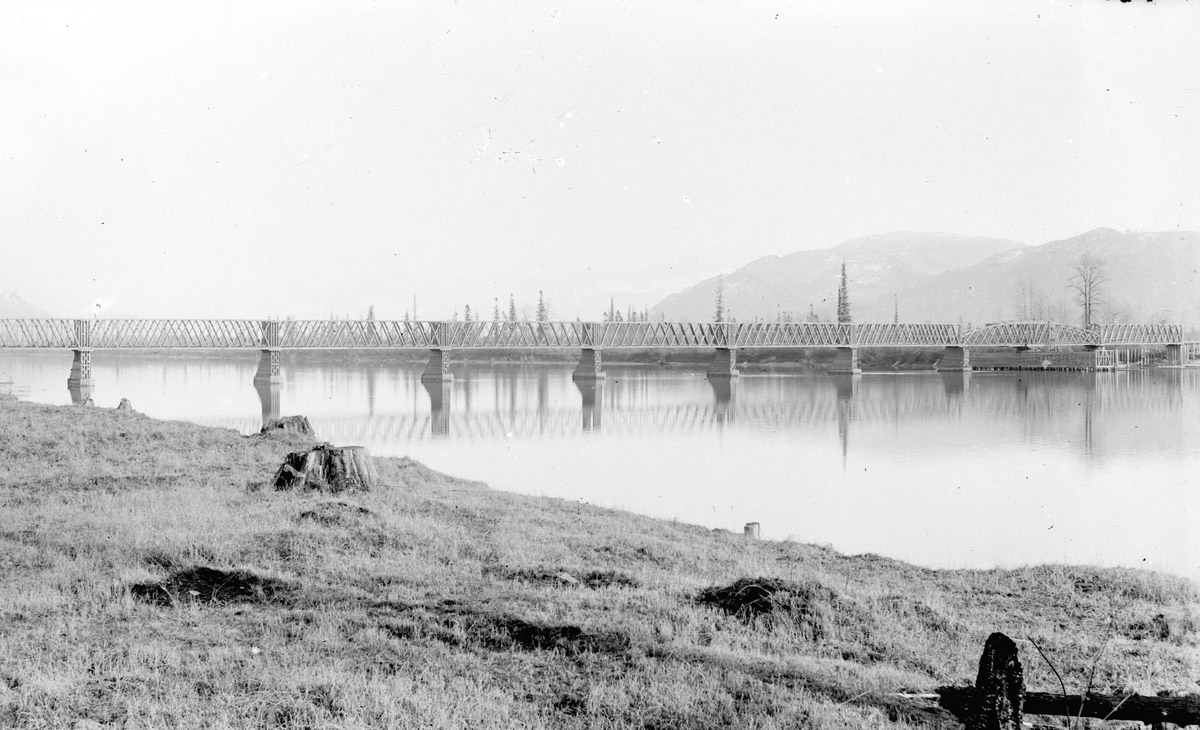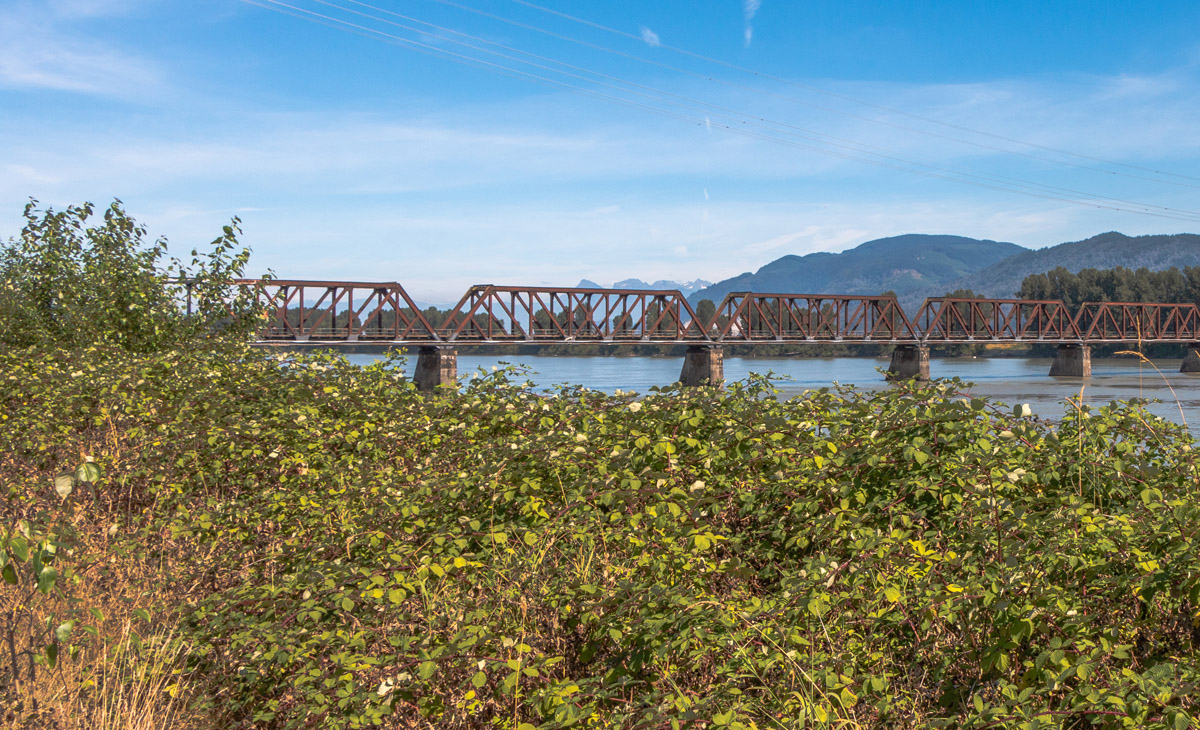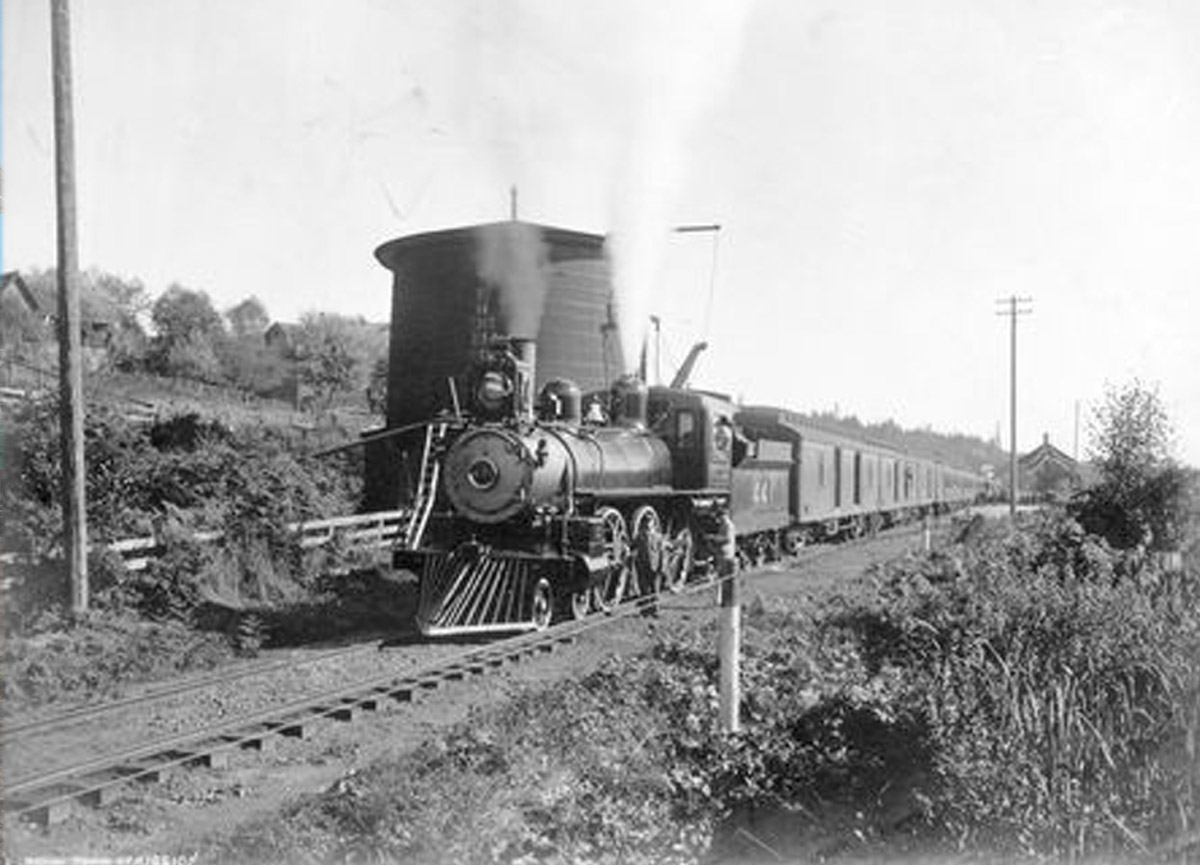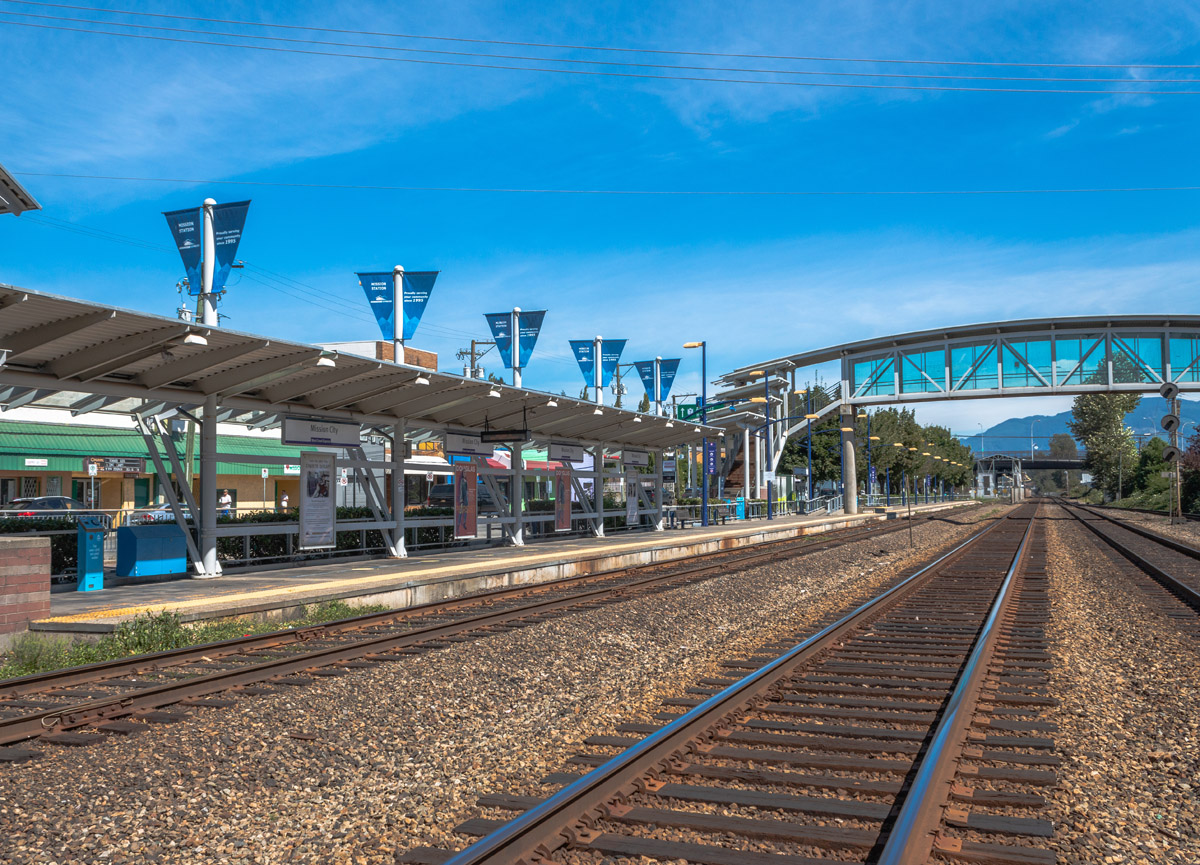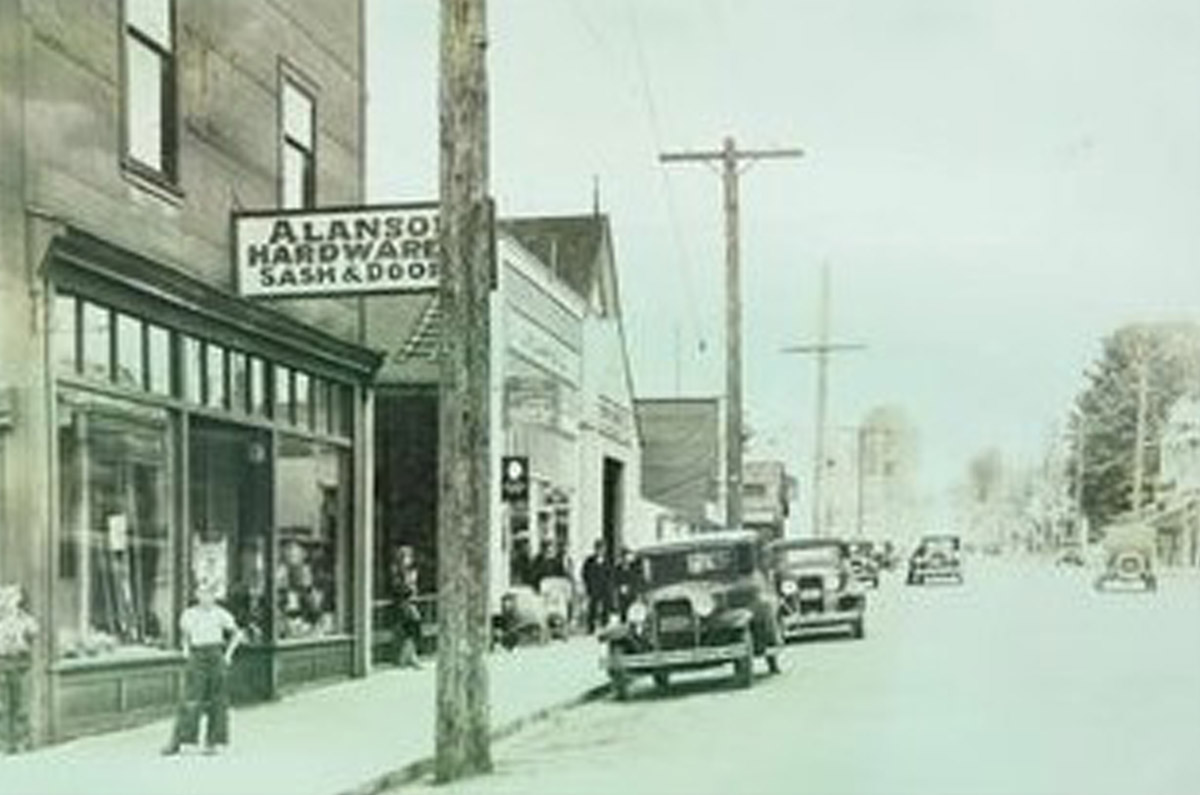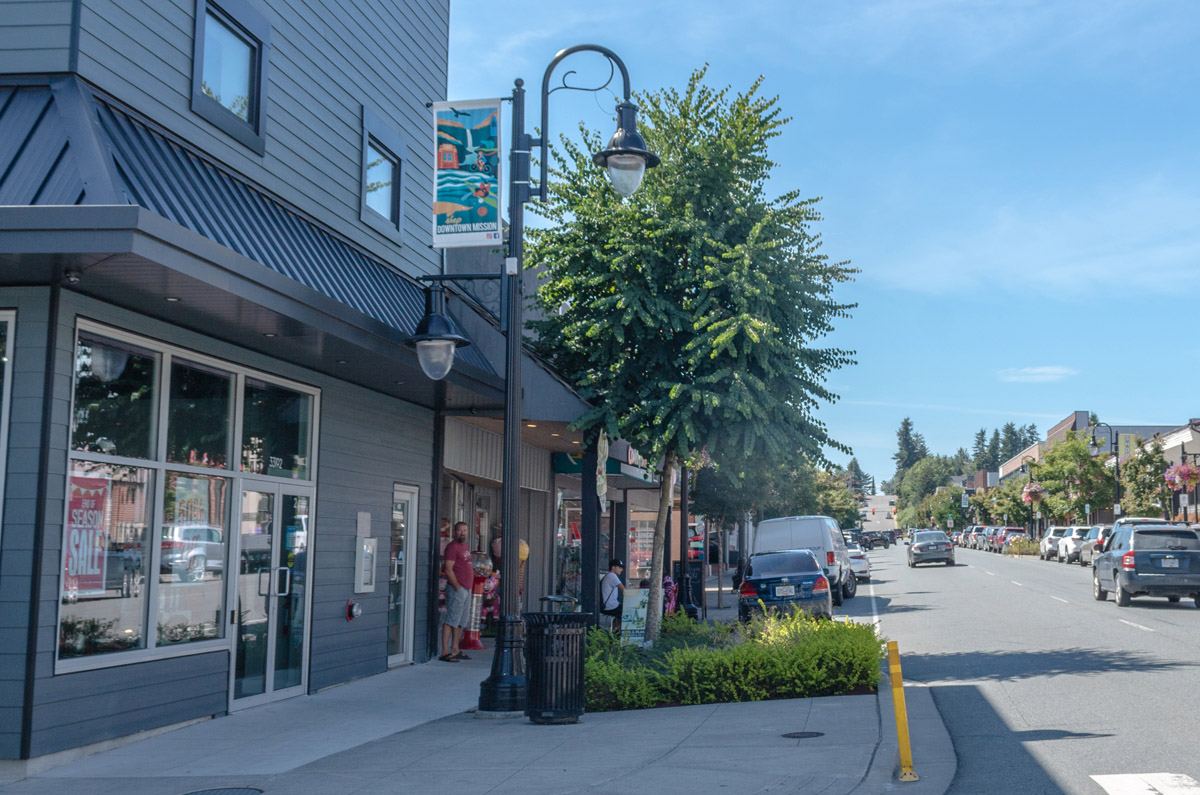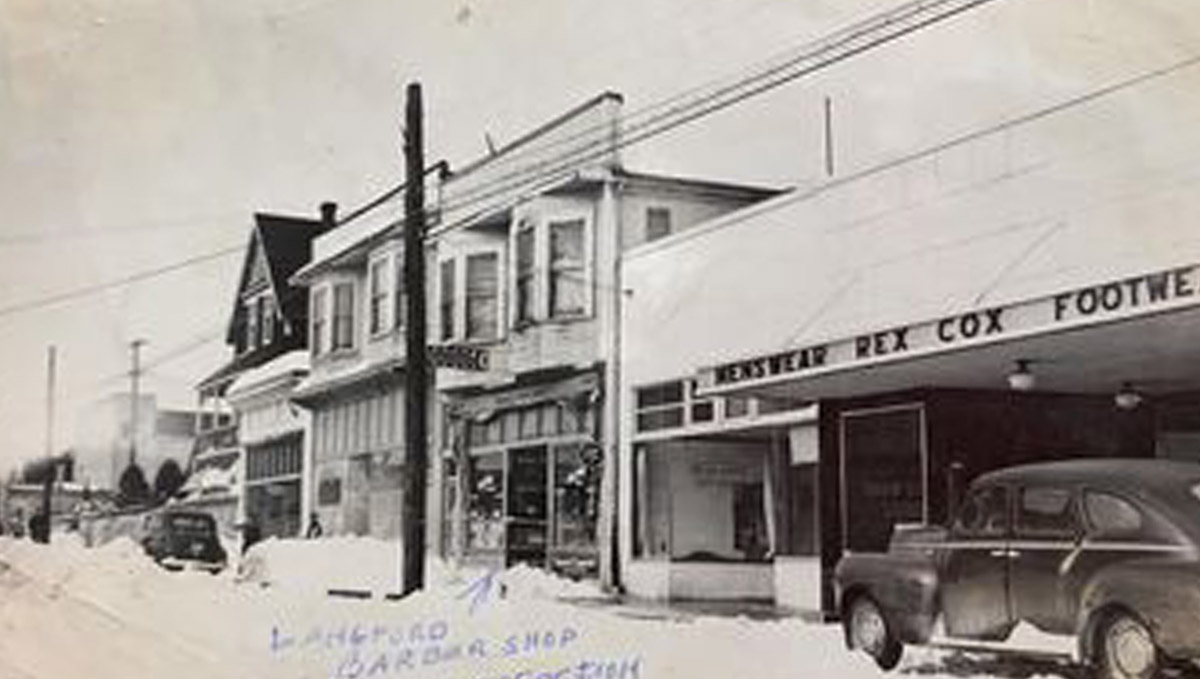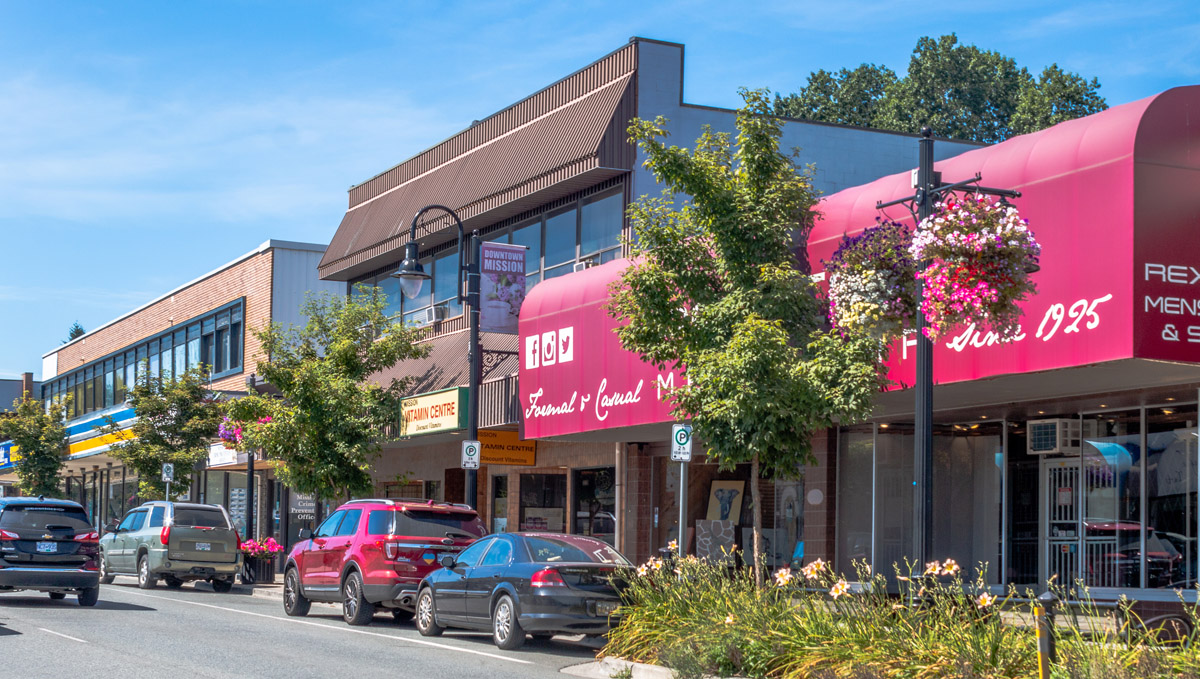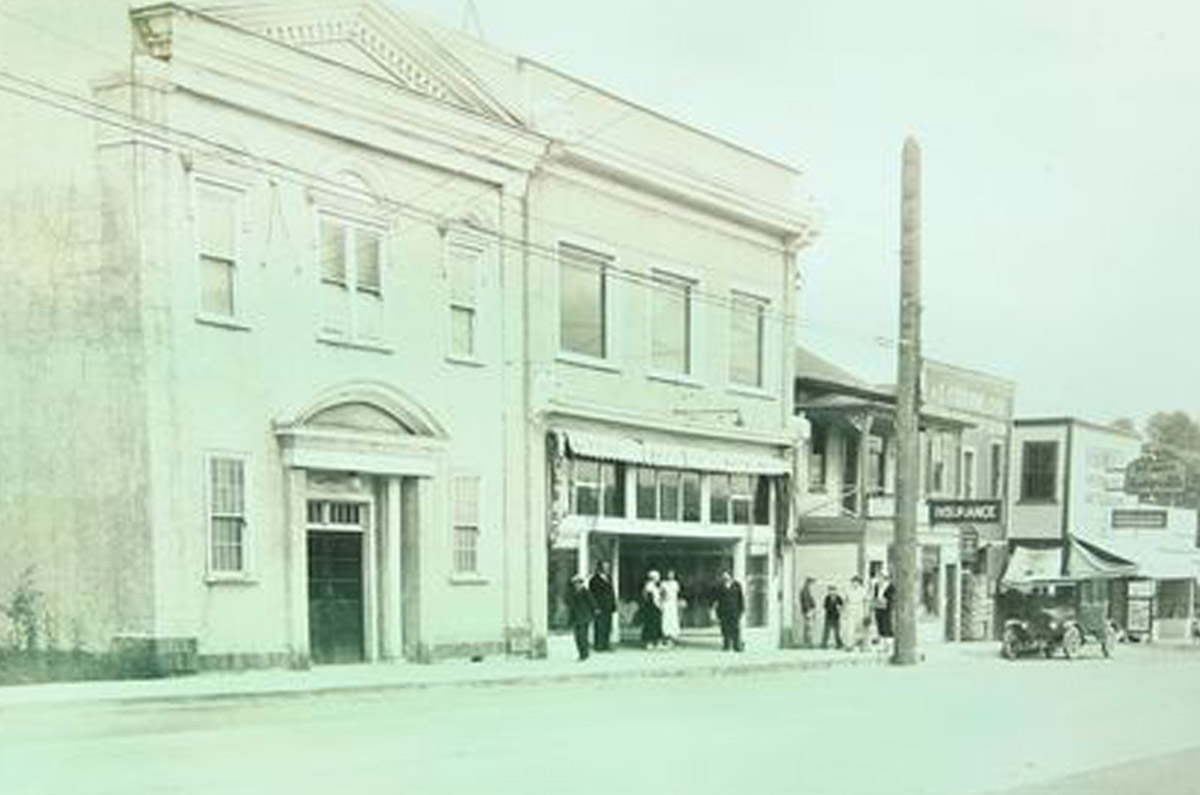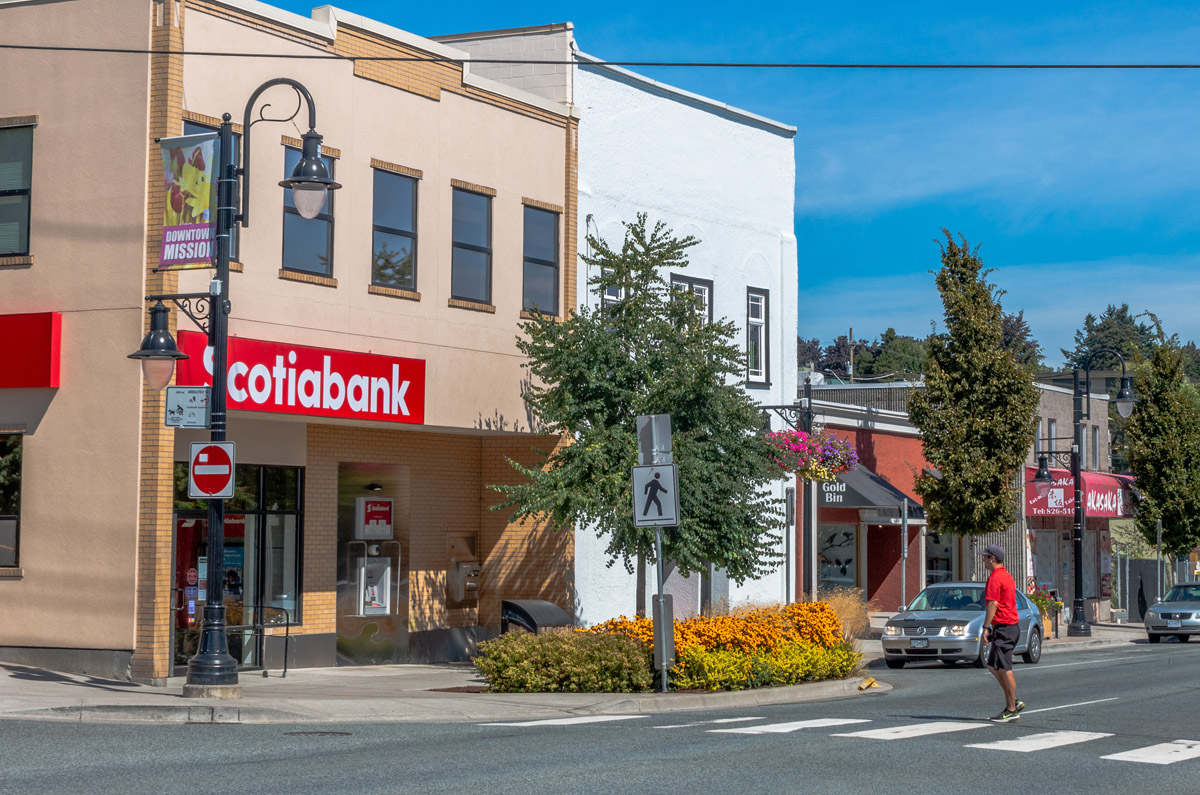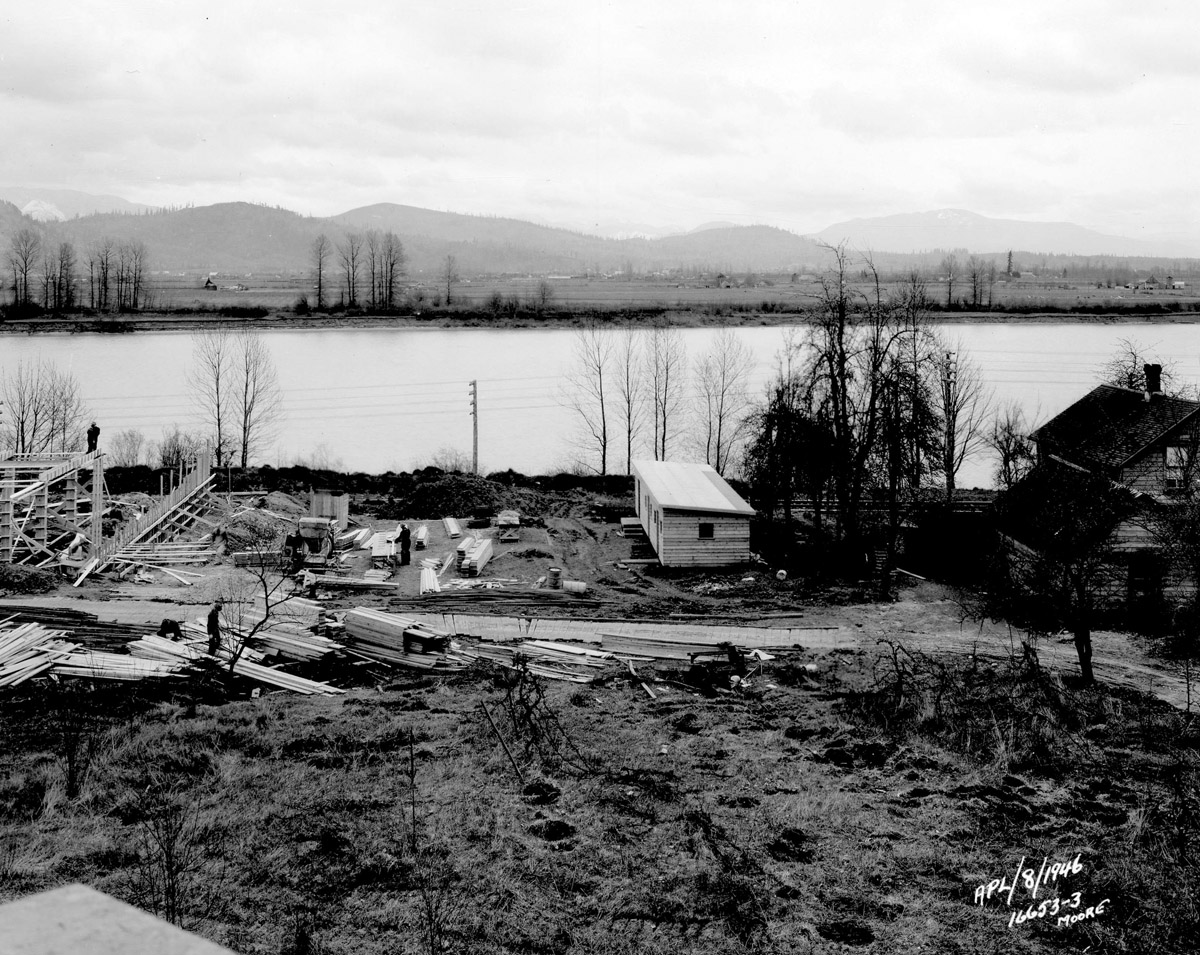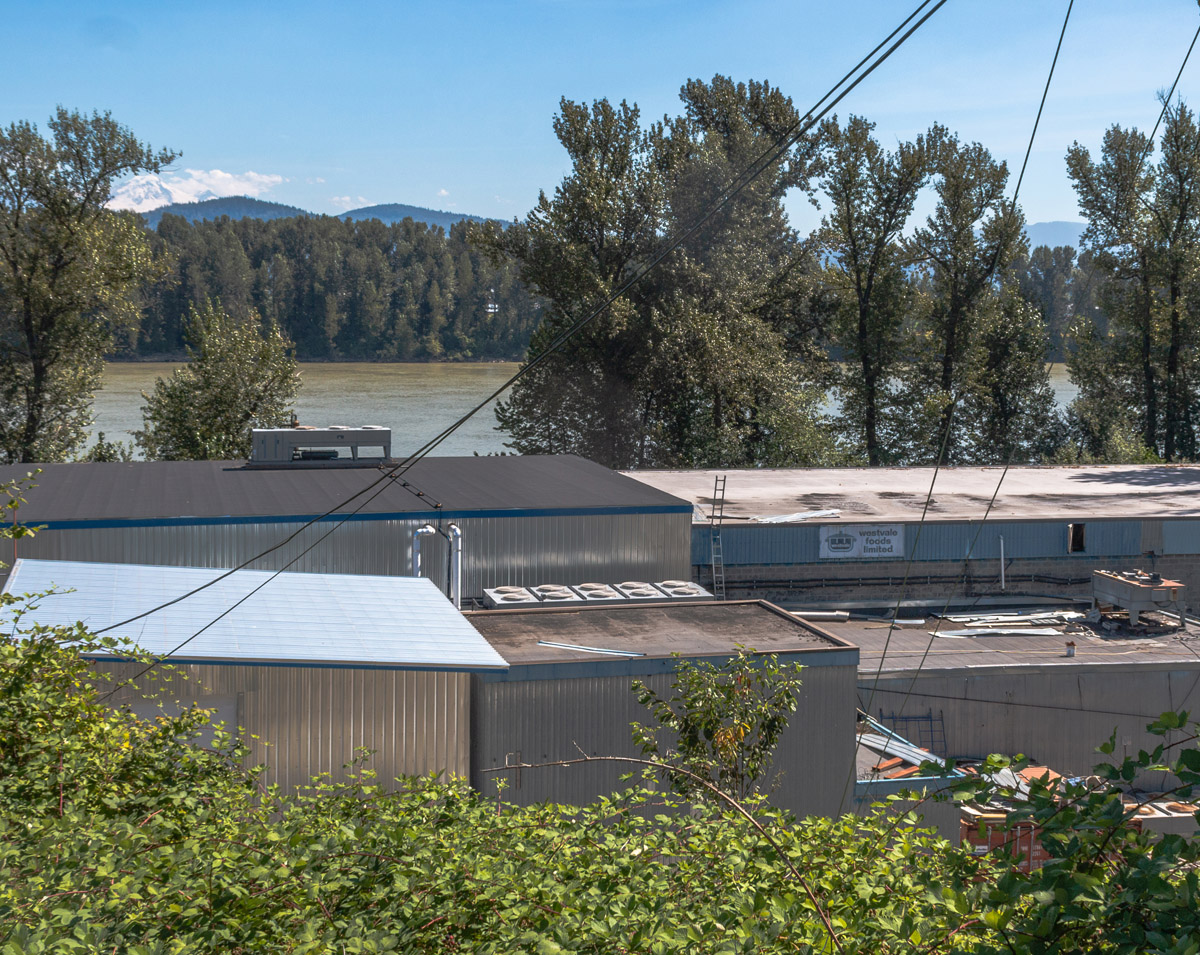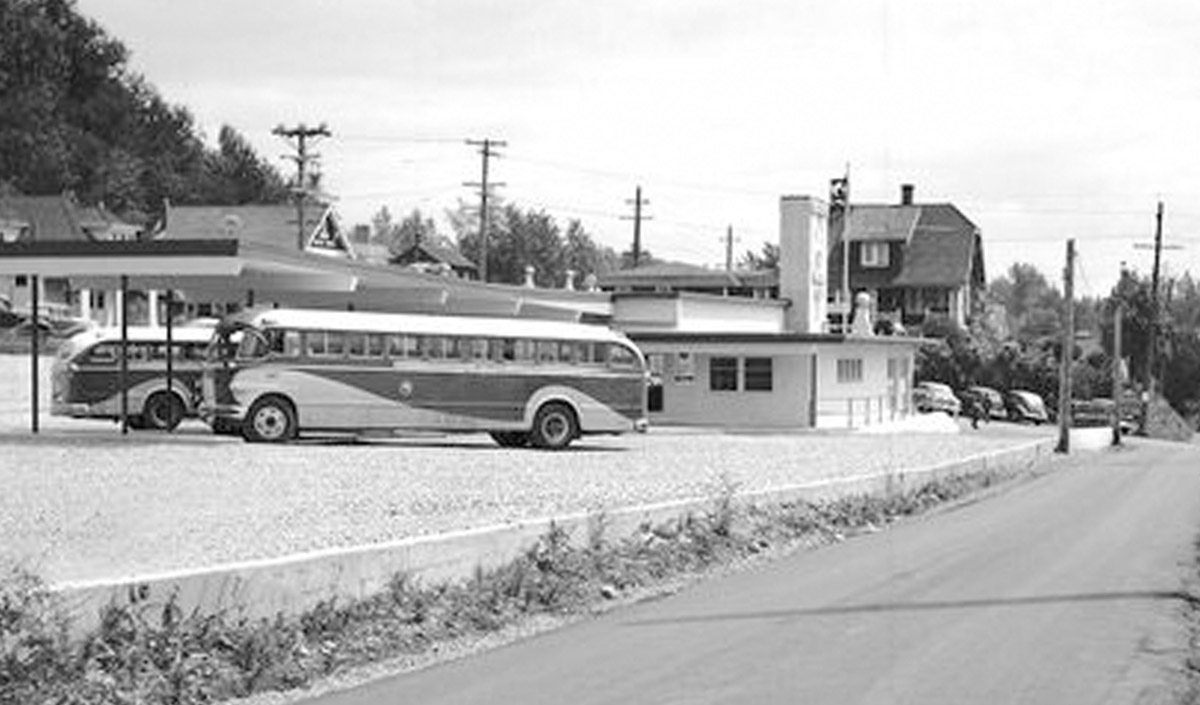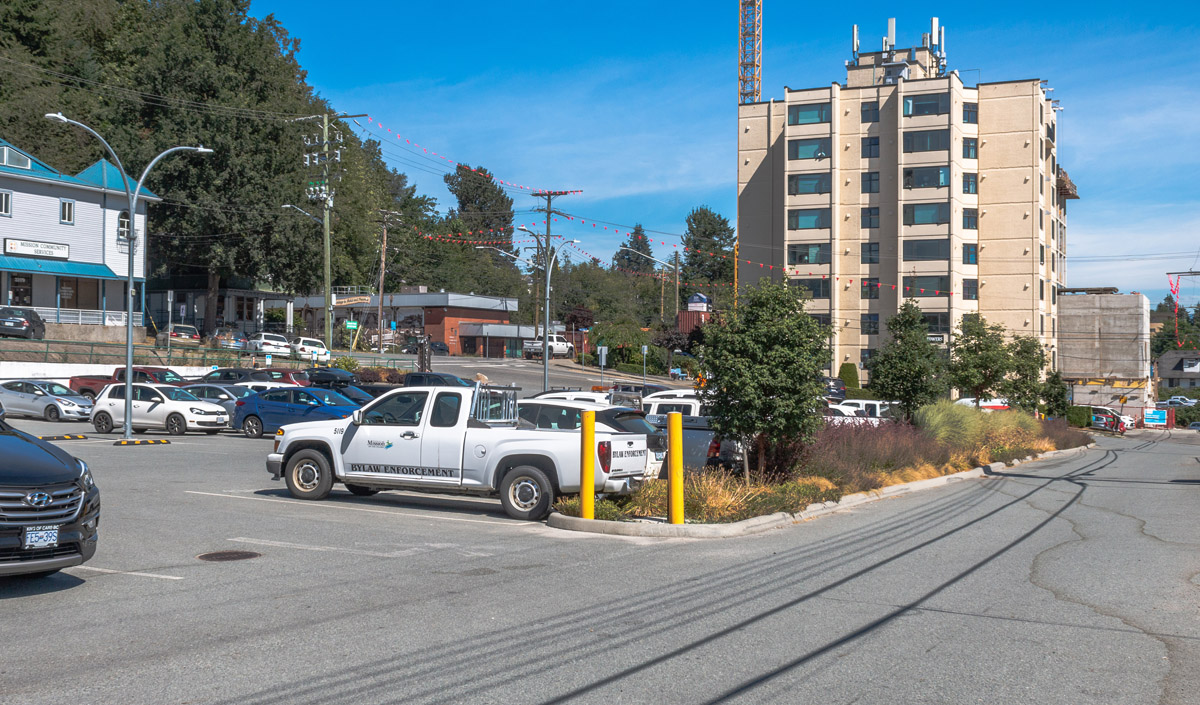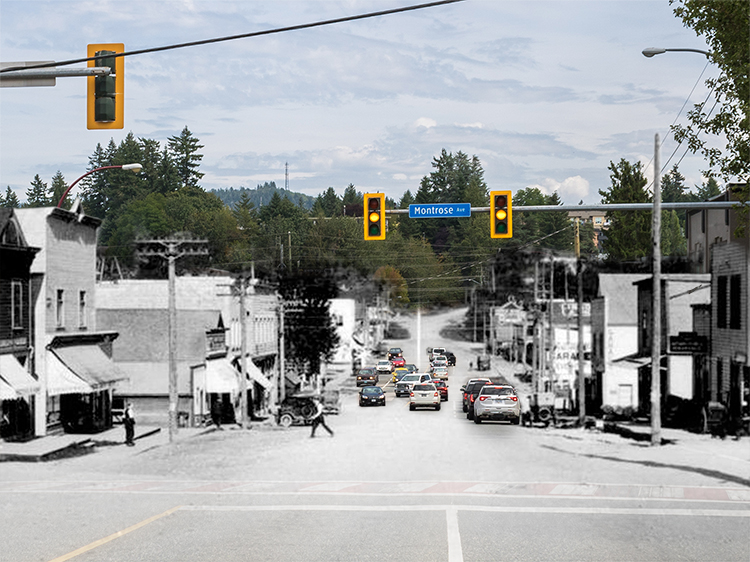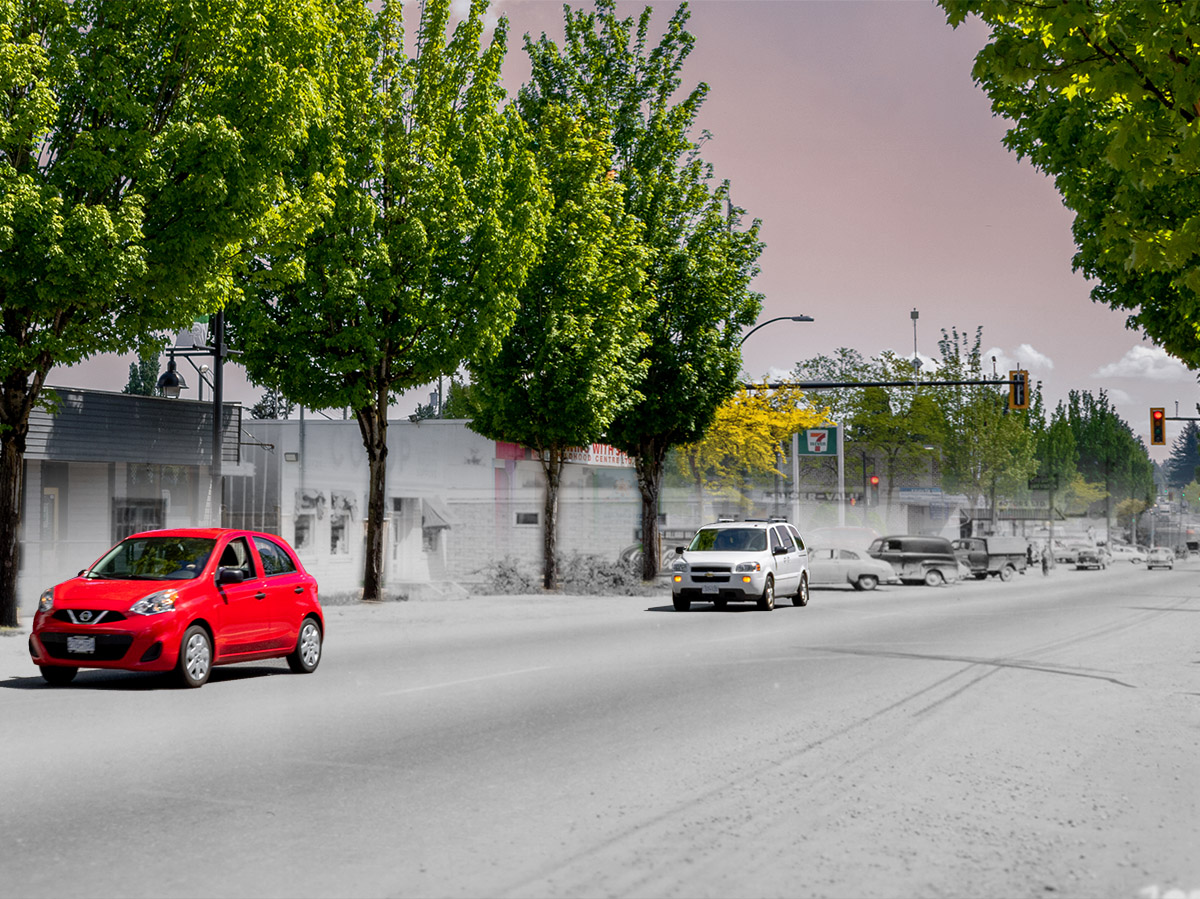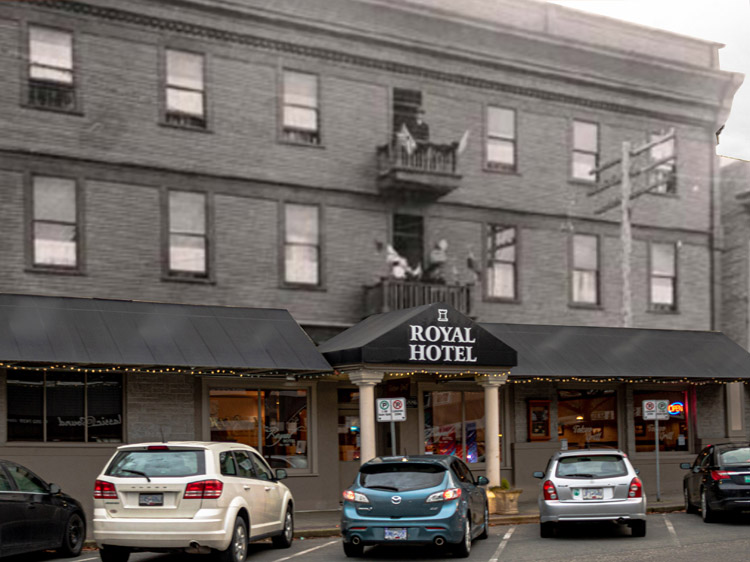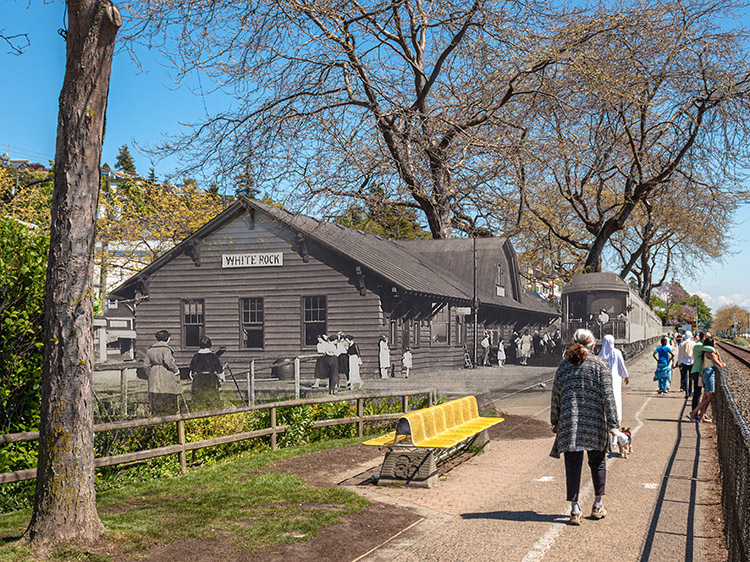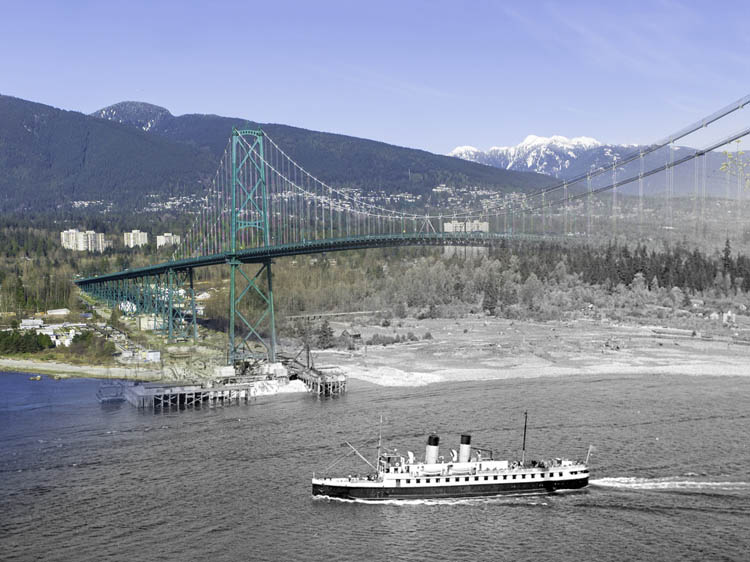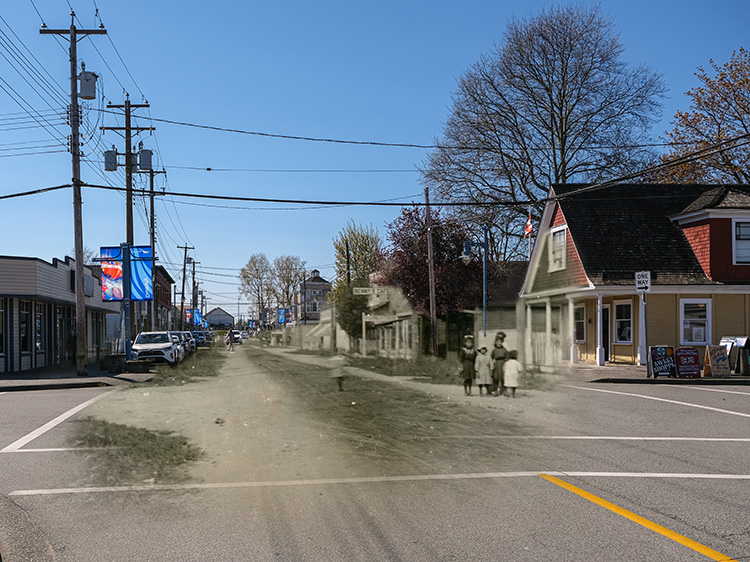Partner City
Mission
On the Fraser
Located on the right bank of the Fraser River as it descends into the Lower Mainland, the land where Mission is located has been the territory of the Stó:lō people for many thousands of years. In 1861 St. Mary's Mission and Residential School was founded on a bluff overlooking the floodplain by the Missionary Oblates of Mary Immaculate. After the school was integrated into the federal residential school system, reports of physical and sexual abuse of the children at the school became common. The school stayed open until 1984 and was British Columbia's last functioning residential school. The community of Mission was established just to the west 1891 and took its name from the school. The settlement was at the junction of the Canadian Pacific Railway and a branch line of the Burlington Northern Railroad coming north from the United States. For over a decade this remained the only river crossing of the Fraser River in the Lower Mainland, which immediately brought the area considerable economic prominence. The community grew rapidly, and in 1893 the first Board of Trade in British Columbia was founded here. After major flooding in 1894 much of the community's development moved a bit uphill, along today's 1st Avenue. The nearby Stave Falls Hydroelectric Dam was completed in 1912 and at 90 MW, was the largest dam in the province until the 1960s, providing the town with easy access to electricity. The opening of Highway 1 in the 1960s meant much development in the Fraser Valley shifted to the south side of the river to communities like Abbotsford and Chilliwack, and Mission declined in relative importance. Today Mission is a city of over 40,000 people, and has retained much of its historical feel with many heritage buildings surviving in the downtown core.
This project is a partnership with the Mission Community Heritage Commission and Heritage Abbotsford.
We respectfully acknowledge that Mission is situated on the unceded, ancestral, and shared territory of the Stó:lō people, who have occupied these lands since time immemorial. The City of Mission is located on Leq'á:mel, Semá:th, Kwantlen, Sq'éwlets, Máthexwi, and Katzie traditional territories.
Explore
Mission
Then and Now Photos
Community Connections
Fujikawa Family Garden
Friends, neighbours and community life were important to the Fujikawas. They joined local organizations and social clubs, attended the United Church and dances at Silverhill Hall, and enjoyed outdoor activities from swimming at the ‘Prairie’ (Silvermere Lake) to sleigh rides and tobogganing on the hill. The younger children went to the old Silverdale and Silverhill schools and neighbourhood children often gathered to play at the Fujikawas.
Two farm fields were historically used to play softball in the area after the growing season. One of them was at the Donatelli farm (west of Hwy 7) and the second was the lower section of the Fujikawa farm (along McLean St). A community ball field still exists today, adjacent to the Silverdale Community Hall.
These shared experiences of daily living overcame language and cultural differences, created close friendships, and established a strong sense of belonging and connection in Silverdale.
Home at Last
Fujikawa Family Garden
Tsurukichi purchased 5.2 acres of land in Silverdale for $25 with his business partner, Mr. Eitaro Nishisawa built a small one-room cabin. He and Riwo cleared the land together to establish their farm. They later purchased an additional four acres in 1919 for $185 and eight years later bought Eitaro’s share in the property.
By 1930, a second “long” house was built including two bedrooms and a kitchen around the water well. Over time, rooms were added and other outbuildings were constructed, such as a traditional Japanese bath house and a shack for berry pickers in the summer.
A third house was built by sons Koazi and Tom in 1938. Two other homes were added after World War II. All are still in use today.
Six of the nine Fujikawa children were born on the farm and delivered by their father.
7 Years as "Enemy Aliens"
Fujikawa Family Garden
In 1942, the Fujikawa’s were among 22,000 Japanese “enemy aliens” evacuated from their homes and interned under The War Measures Act. Japanese Canadians lost virtually all their properties and possessions to government authorities, including Joe who lost 38 acres in Matsqui.
During this time family members were separated. They were detained in the arena and cattle sheds of Vancouver’s Hastings Park, and then Tashme Internment Camp east of Hope BC. The men were sent to work camps and farms in BC, Alberta and Ontario.
Later, family members were able to leave Tashme and accepted the option of relocating to various locations east of the Rockies. However, shortly before their internment, the Fujikawa family managed to protect their Silverdale farm from dispossession by transferring the ownership to the care of George Broomfield who had recently married Shigeno.
A Place to Call Home
Fujikawa Family Garden
Japanese Canadians were not officially allowed to return to the West Coast until 1949. Nevertheless, Riwo, Koazi and Violet returned early. However, in 1946 Koazi was granted special permission to bring his mother home and Violet returned with her new husband in 1947.
With the farm no longer viable, Koazi, Violet and Al moved north in the early 1950s returning to Mission about 20 years later. Tom lived on the Fujikawa land until 1989.
The Fujikawa Family
Fujikawa Family Garden
29 Years of immigration and resettlement.
Tsurukichi and Riwo Fujikawa came from a farming community in Shiga-ken, on the island of Honshu in Japan.
In 1900 Tsurukichi sailed alone to Canada to start a new life of opportunity for himself and his young family. Tsurukichi visited his family in 1906. When he returned to Canada a year later, Riwo was pregnant with their third child.
In 1911 he settled in Silverdale, BC and his wife Riwo followed in 1912 while their three children stayed in Japan with relatives to complete their education.
Building the CPR Bridge
Vancouver Archives AM54-S4-: SGN 196
ca. 1890s
Piers have been set in the Fraser River during the construction of the CPR trestle bridge across the Fraser River. Photo was taken from the north side of the river.
Mission CPR Bridge
Vancouver Archives AM54-S4-: SGN 1479
ca. 1890s
A view of the Mission Branch Bridge of the Canadian Pacific Railway, taken from the north side of the river.
Train Entering Mission
Ca. 1890s
A train pulls into Mission along the CPR's Mission Branch Line.
Alanson's Hardware
Ca. 1920s
A boy stands in front of Alanson's Hardware: Sash & Door.
Rex Cox Footwear
Ca. 1940s
Cars parked in the snow in front of Rex Cox Menswear and Footwear store. The store survives to this day.
1st and Welton
Ca. 1920s
Stores and businesses on First Ave looking east from Welton Street.
Match Factory Construction
Vancouver Archives AM54-S4-2-: CVA 371-352
1946
A match factory being built on the banks of the Fraser River. Today it's the site of construction supply warehouses.
Bus Depot
ca. 1940s
Buses at the Mission Bus Depot in the 1940s. The depot is built in the new modernist style of the time.

